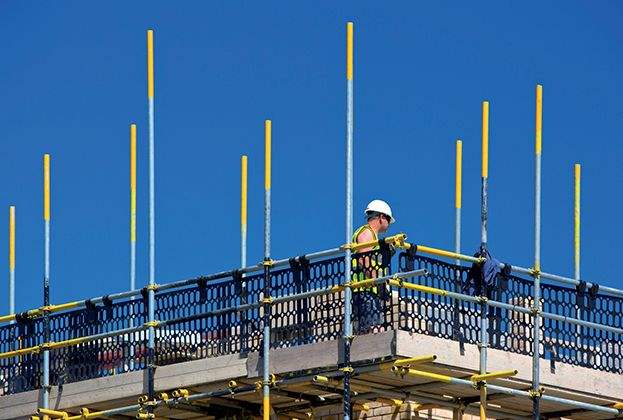The move towards smaller, renewable sources together with the need for a capacity market are providing opportunities across the UK
Without a doubt we are in the middle of a revolution of the energy market as Britain’s power supply makes the transition from its old carbon polluting sources to newer cleaner ones.
Now, instead of power coming from a limited number of very large suppliers and being transmitted through the National Grid, much of it comes from smaller renewable sources that connect directly into the regional Distribution Network Operators (DNOs). This increase in renewable energy means there’s a need for a back-up system for when the sun goes down and the wind doesn’t blow.
“For energy developers and landowners, these changes provide two opportunities,” says David Grindley of Savills Energy. “Firstly, there is a healthy market for clean power generation at various scales and secondly, there is a growing need for capacity systems, such as battery storage or gas-peaking stations, that help the grid networks to balance their flow of supply and demand.
It is a very different picture today than three years ago, when the market for solar schemes collapsed after the Government pulled the plug on subsidies. Since then, a drop in import taxes on solar units means the opportunities for solar schemes are definitely back.
.jpg)
Healthy market for solar schemes
“Developers of solar farms are crying out for landowners again,” says David. “There is also a healthy market for smaller storage or gas peaking schemes that connect into existing substations or overhead lines. Many of these don’t require much in the way of land – a reasonable sized plant only needs between half an acre and two acres.
“But there’s also a dash to secure grid capacity,” he continues. “Developers look for economies of scale on large solar projects – a 50 MW solar farm might need around 250 acres. There are even bigger ones being proposed of more than 1,000 acres, but those will go through the Development Consent Order Route rather than the local planning office,” David says.
In England, the planning and political environment for new onshore wind projects is still at a standstill, however in Scotland and Wales the market is active and healthy. Offshore wind is also very active and seen as a key development model by the UK Government. “We have seen investors pulling out of the nuclear sector in recent months and coal power stations will be phased out by 2025, so now is the time to be looking into renewables. In 2018, they supplied a third of the UK’s energy, so they’re definitely a proven technology,” says David.
.jpg)
Energy production by sector for Q3 2018
Source: DBEIS
The capacity market and its opportunities
The “capacity market” was set up in 2014 to provide a guarantee that the UK could have access to energy supplies that can meet demand and cope with the fluctuations inherent in energy supplied by wind and solar sources. The sources for this back-up supply receive a payment for the capacity they can offer in addition to also being paid for any electricity they are called on to supply.
“It’s a specialist market but, depending on the technology, capacity solutions only need a small area of land for a large mega-wattage,” says David. “And the advantage for developers is that investors are attracted to the stable baseline income that is paid to capacity providers.”
There is currently an issue, however, as in November 2018, the capacity market was suspended following a ruling from the European Court of Justice over whether the scheme is subsidising fossil fuels rather than incentivising newer, cleaner technologies. “The Government is working with the EU to resolve the matter,” says David. “It will be keen to get it back on track as soon as possible.”
.jpg)





.jpg)